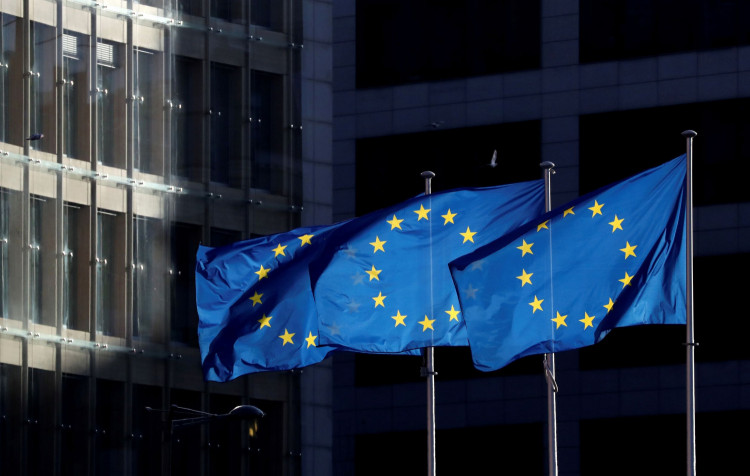The euro zone economy delivered better-than-expected growth in the third quarter, expanding by 0.4%, according to preliminary data released by the European Union's statistics agency. This growth, which beat economists' forecasts of 0.2%, marked an acceleration from the 0.3% recorded in the second quarter. The data comes as a glimmer of hope amid ongoing concerns about sluggish growth in the region, particularly in Germany, the bloc's largest economy.
Spain led the charge with a notable 0.8% quarterly expansion, while Ireland's economy surged 2%, continuing its trend of volatility driven by its high concentration of multinational corporations. Meanwhile, Germany managed to post 0.2% growth, defying predictions of a recession as it grapples with a protracted slowdown in its key manufacturing sector.
"Although a technical recession was avoided, the German economy remains barely larger than it was at the start of the pandemic," analysts at ING commented, emphasizing that Germany remains a "magnet for negative macro news." Despite the positive growth figures, challenges persist for Germany, especially with weakening manufacturing output and consumer sentiment.
The better-than-anticipated growth across the euro zone is expected to foster cautious optimism in the months ahead, as business activity and consumer confidence may start to pick up. Economists say that lower interest rates and cooling inflation will support this trend. The European Central Bank (ECB) has already cut rates three times this year, with another 25-basis-point reduction expected in December.
In her October press conference, ECB President Christine Lagarde hinted at the possibility of further monetary easing. The central bank is facing increased pressure to address sluggish economic activity and inflation, which fell to 1.7% in September, below the ECB's 2% target. While some policymakers have floated the idea of a larger 50-basis-point rate cut, the decision remains uncertain, especially with inflation data for October still pending.
Despite these improvements, there are signs that euro zone growth could slow in the fourth quarter. Italy, for example, is struggling with the phasing out of tax incentives in its construction sector, while Germany's manufacturing sector continues to face headwinds. Senior Europe economist at Capital Economics, Franziska Palmas, noted that although the stronger-than-expected third-quarter growth might boost short-term confidence, it is unlikely to deter the ECB from pursuing further rate cuts in December.
Meanwhile, Germany's outlook remains bleak. The country narrowly avoided a recession in the third quarter, with GDP rising by 0.2%. Government spending and household consumption provided some relief, but the International Monetary Fund (IMF) has forecast zero economic growth for Germany this year. Business confidence in Germany is at a low, with the nation's manufacturing sector particularly hard-hit.
One striking example of Germany's economic challenges is Volkswagen's recent financial struggles. The iconic automaker, a bellwether for the German economy, reported a 21% drop in operating profit for the first nine months of the year. Volkswagen's flagship brand has been underperforming, and the company is contemplating closing factories in Germany, potentially laying off thousands of workers. "Things cannot continue as they are now," said Arno Antlitz, Volkswagen's chief financial officer, adding that the company will soon begin talks with unions about possible plant closures.
Volkswagen's struggles are emblematic of the broader challenges facing Germany's industrial sector. According to a study by the Federation of German Industries, around 20% of Germany's industrial output is at risk due to high labor costs, weakening demand from China, and energy price pressures. The study argues that Germany needs a significant transformation, with investment of €1.4 trillion in infrastructure, innovation, and education by 2030 to stay competitive.
Carsten Brzeski, global head of macroeconomics at ING, pointed out that Germany's economy is at a critical juncture, stating, "China has become a rival," alluding to the competitive pressures German manufacturers face from Chinese firms. This intensifies the pressure on the German economy, which is already grappling with high energy costs and an aging workforce.






